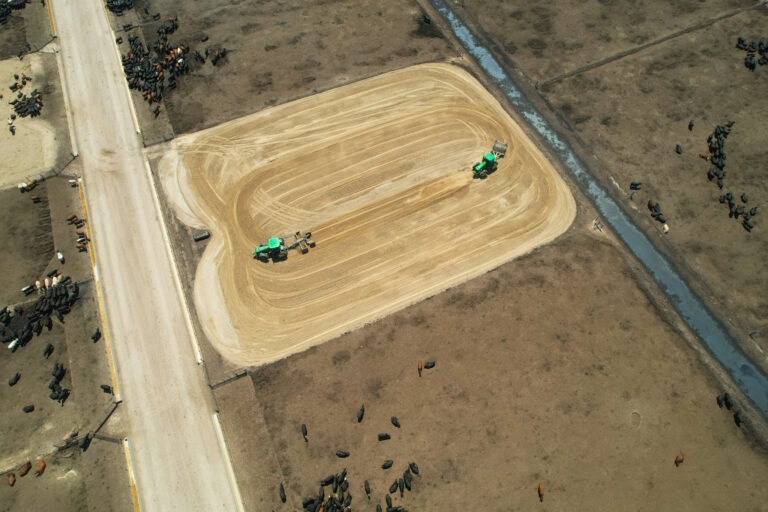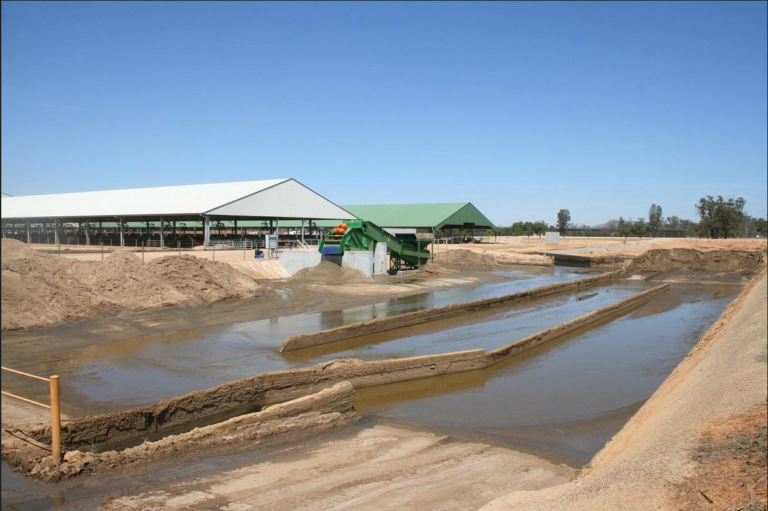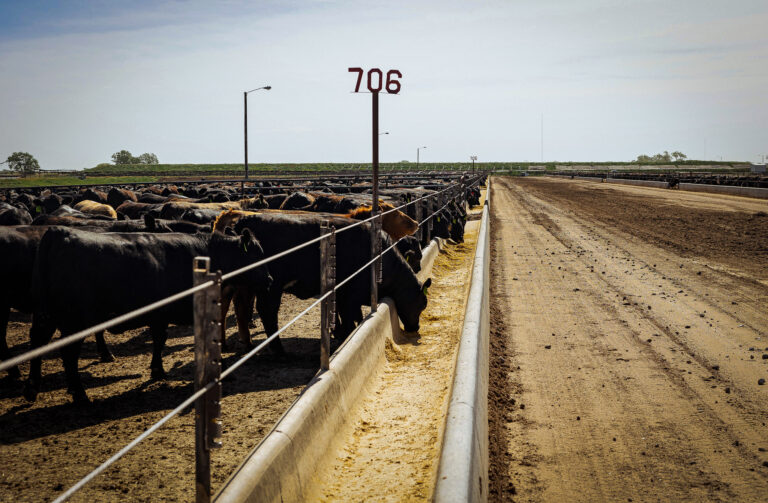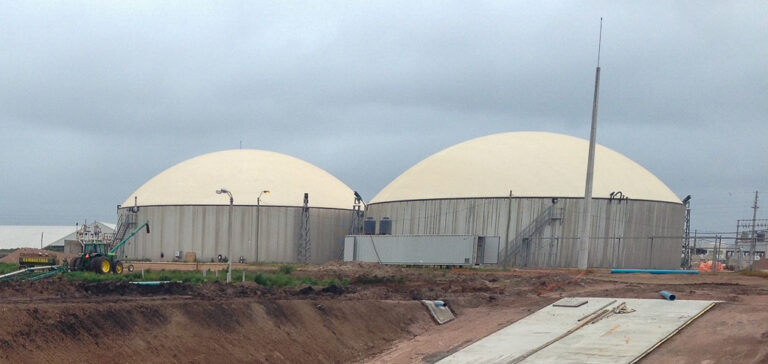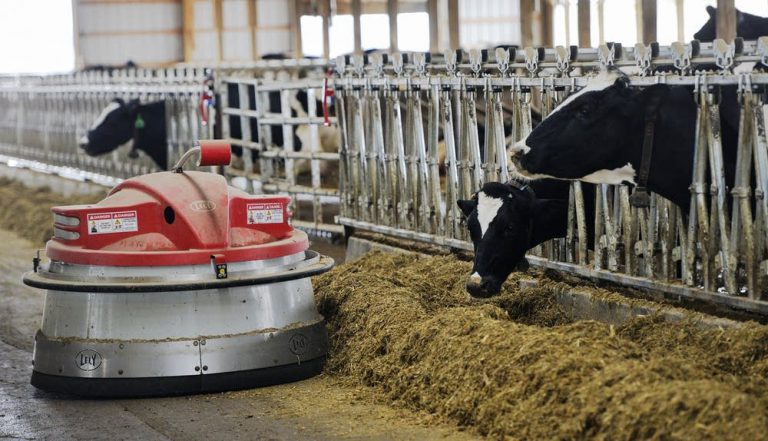Sand Separation System Audits — Why, Who, and How?
Written by Andrew Wedel P.E. — Settje Agri-Services & Engineering
Sand separation systems are a common feature of sand-bedded dairies. The mainstream acceptance of sand bedding brought about a refinement of separation systems, which has led to systems that produce bedding quality sand with minimal sand bypass. With potential sand recovery ranging from 90 to 95%+, a well-functioning separation system has the potential to greatly ease manure handling challenges associated with sand. On the other hand, a poorly functioning system—that is, say, a system operating at 75% recovery has the potential to cause significant frustration since the 25% of the sand being bypassed can may potentially settle in pipes, tanks, digesters, etc. Ultimately, the sand recovery should exceed the requirements of the downstream processes. How is your sand separation performing? Sand recovery? Sand cleanliness?
Read Post
